


Books in series

Bootstrap Methods and their Application
1997

Markov Chains
1997

Asymptotic Statistics
1998

Wavelet Methods for Time Series Analysis
2000

Bayesian Methods
An Analysis for Statisticians and Interdisciplinary Researchers
1999

Empirical Processes in M-Estimation
2000

A User's Guide to Measure Theoretic Probability
2001

The Estimation and Tracking of Frequency
2001

Data Analysis and Graphics Using R
An Example-Based Approach
2003

Statistical Models
2003

Semiparametric Regression
1999

Measure Theory and Filtering
Introduction and Applications
2004

Essentials of Statistical Inference
2005

Elements of Distribution Theory
2005

Statistical Mechanics of Disordered Systems
A Mathematical Perspective
2006

The Coordinate-Free Approach to Linear Models
2006

Random Graph Dynamics
2006

Networks
Optimisation and Evolution
2007

Saddlepoint Approximations with Applications
2007

Applied Asymptotics
Case Studies in Small-Sample Statistics
2007

Random Networks for Communication
From Statistical Physics to Information Systems
2007

Design of Comparative Experiments
2008

Model Selection and Model Averaging
2008

Bayesian Nonparametrics
2010

From Finite Sample to Asymptotic Methods in Statistics
2009

Brownian Motion
2010

Probability
Theory and Examples
2010

Stochastic Processes
2011

Regression for Categorical Data
2011
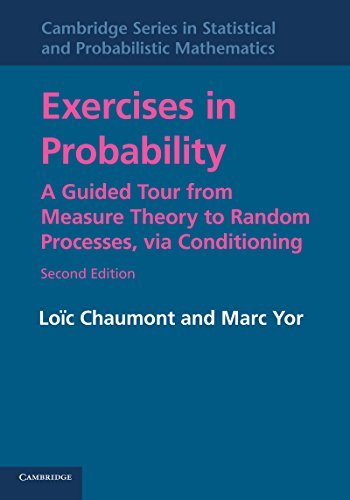
Exercises in Probability
A Guided Tour from Measure Theory to Random Processes, via Conditioning
2012

Statistical Principles for the Design of Experiments
Applications to Real Experiments
2012

Quantum Stochastics
2015

Nonparametric Estimation under Shape Constraints
Estimators, Algorithms and Asymptotics
2014

Large Sample Covariance Matrices and High-Dimensional Data Analysis
2015
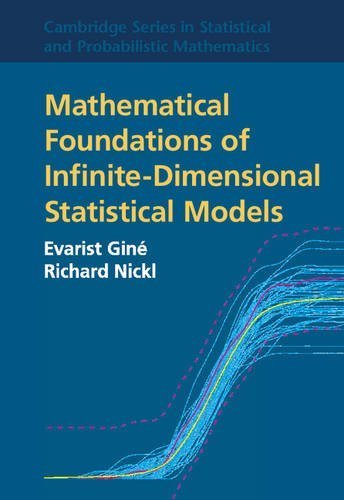
Mathematical Foundations of Infinite-Dimensional Statistical Models
2015
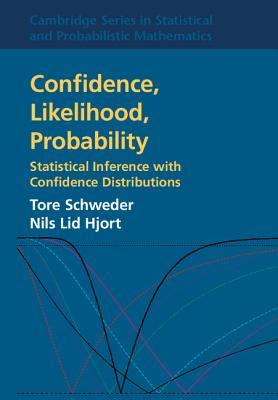
Confidence, Likelihood, Probability
Statistical Inference with Confidence Distributions
2016
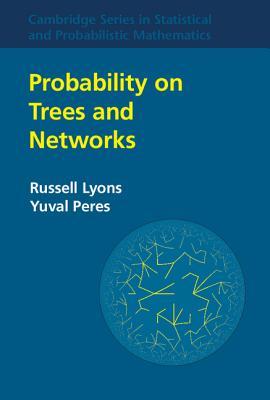
Probability on Trees and Networks
2016
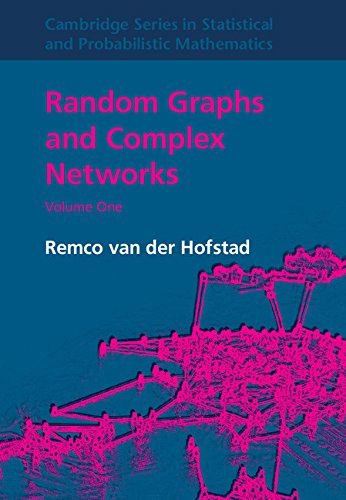
Random Graphs and Complex Networks
2016

Fundamentals of Nonparametric Bayesian Inference
2017
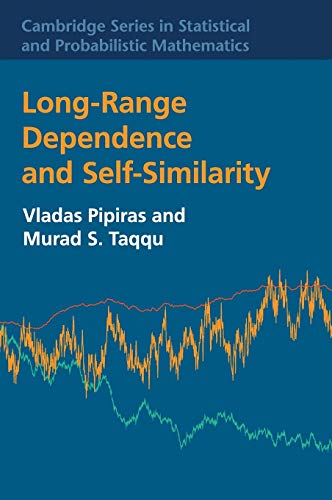
Long-Range Dependence and Self-Similarity
2017
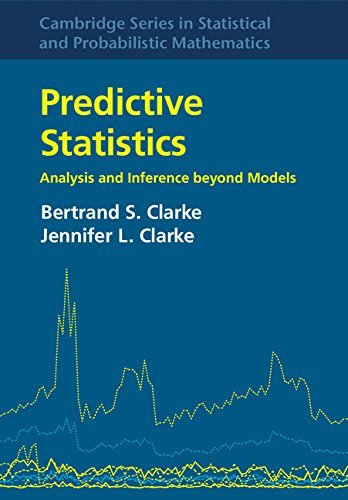
Predictive Statistics
Analysis and Inference beyond Models
2018

High-Dimensional Probability
An Introduction with Applications in Data Science
2018

High-Dimensional Statistics
A Non-Asymptotic Viewpoint
2019
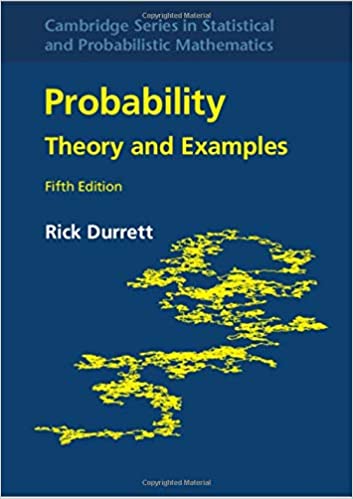
Probability
2019
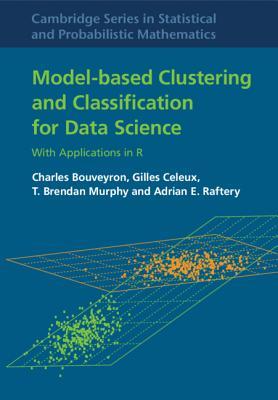
Model-Based Clustering and Classification for Data Science
With Applications in R
2019
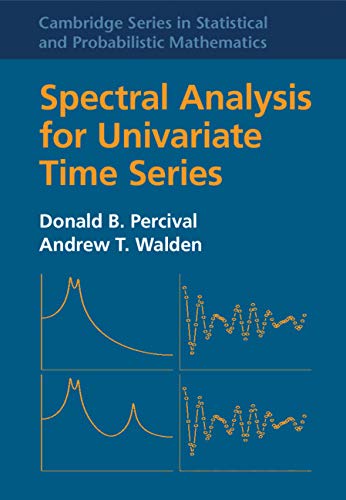
Spectral Analysis for Univariate Time Series
2020
Authors
